Keep your eyes peeled for turtles
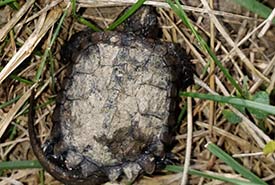
A baby snapping turtle, estimated to have hatched the morning when this photo was taken, spotted travelling from a busy four-lane road in Newmarket, Ontario. (Photo by Aileen Barclay, program manager for Oak Ridges Moraine Land Trust and forest education specialist with the Regional Municipality of York)
Each year, from May until July, Ontario’s freshwater turtles leave the wetland or water body where they live and look for nesting sites. This means they often have to cross roads to get to their destination. Some turtles even see the...
A landmark moment for conservation in Canada
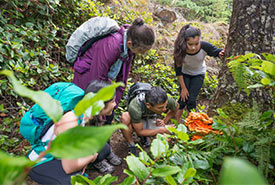
People in nature (Photo by Getty Images)
I joined the Nature Conservancy of Canada (NCC) more than a decade ago. At the time, I couldn’t imagine how quickly time would pass, the challenges we would undertake and the successes we would celebrate. In my time with NCC, I’ve...
So you’ve acquired a property. Now what? (part two)
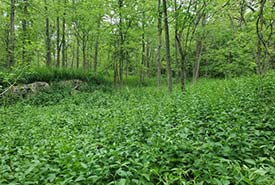
Invasive dog-strangling vine (Photo by NCC)
In my previous blog, I defined the term baseline inventory, described the behind-the-scenes planning stages, and laid out how we classify vegetation communities on the ground. Read on to find out what other important data we collect in the field,...
So you’ve acquired a property. Now what? (part one)
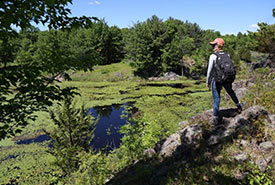
Is this what you think of when you hear conservation biology? ( Photo by Mike Dembeck)
New things are exciting. In my first few years as the Nature Conservancy of Canada’s coordinator, conservation biology for eastern Ontario, I couldn’t figure out why my favourite property kept changing. At first, it was the Emma Young...
Monarch migration reflections
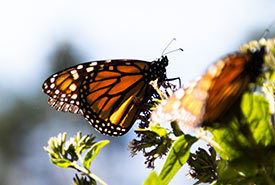
One of the millions of monarchs I saw in the Monarch Butterfly Biosphere Reserve in Michoacán, Mexico (Photo by Alberto Becerra)
I am an immigrant to this country, as are most people across this diverse continent with such a complex history. In fact, all who are not indigenous to this land are immigrants. When I was just a toddler, my family and I immigrated to Canada from...
World Conservation Day 2020: What is a conservancy and why does the word matter?
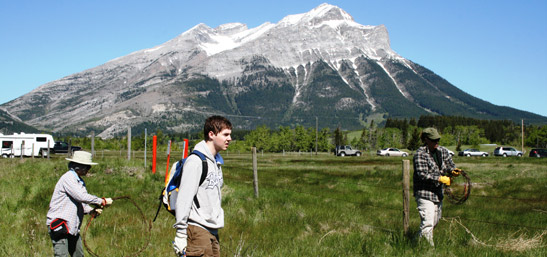
Conservation Volunteers, Crowsnest Pass, Alberta (Photo by NCC)
The word “conservancy” can be a mouthful. Even after 17 years at the Nature Conservancy of Canada (NCC), I sometimes feel like I have marbles in my mouth as the word leaves my lips. I say the words “nature” and...
A peak experience at Buffalo Pound
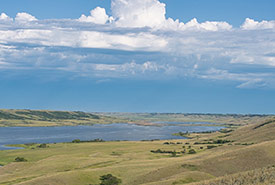
Buffalo Pound Lake, SK (Photo by Bill Armstrong)
Many Canadians, I think, perceive Saskatchewan to be one billiard table-flat, never-ending field of wheat. Not so. To prove my point, I recently made a second visit to a property at Buffalo Pound Lake, where the Nature Conservancy Canada (NCC) is...
Celebrating and conserving all-Canadian wildlife
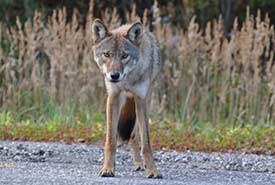
Eastern wolf (Photo by Rebecca Rogge, iNaturalist)
Every nation plays an important role in stopping wildlife extinction. Here in Canada, we have an estimated 80,000 known wild species. They range from pygmy shrew to polar bear, and from stellate sedge to Sitka spruce. Canada plays a critical role...
Grasslands: Climate change’s unsuspecting heroes
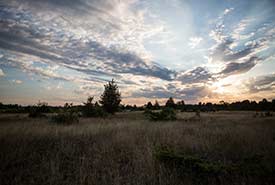
Napanee Plain Alvar Nature Reserve, ON (Photo by Vincent Luk & Evermaven)
Carbon is the backbone of life on Earth. It makes up everything we do, everything we eat, and it even makes us up. Carbon is stored in different reservoirs, which broadly include land, water and the atmosphere. Carbon cycles from one reservoir to...
Giving back to the land
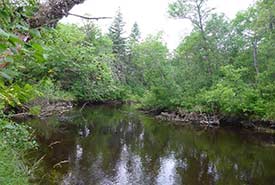
Boggy River in the summer (Photo by NCC)
One of the most rewarding parts of my job as natural area manager with the Nature Conservancy of Canada (NCC) is working with landowners who want to donate their land to us. It is humbling to know that they support NCC’s vision —...

